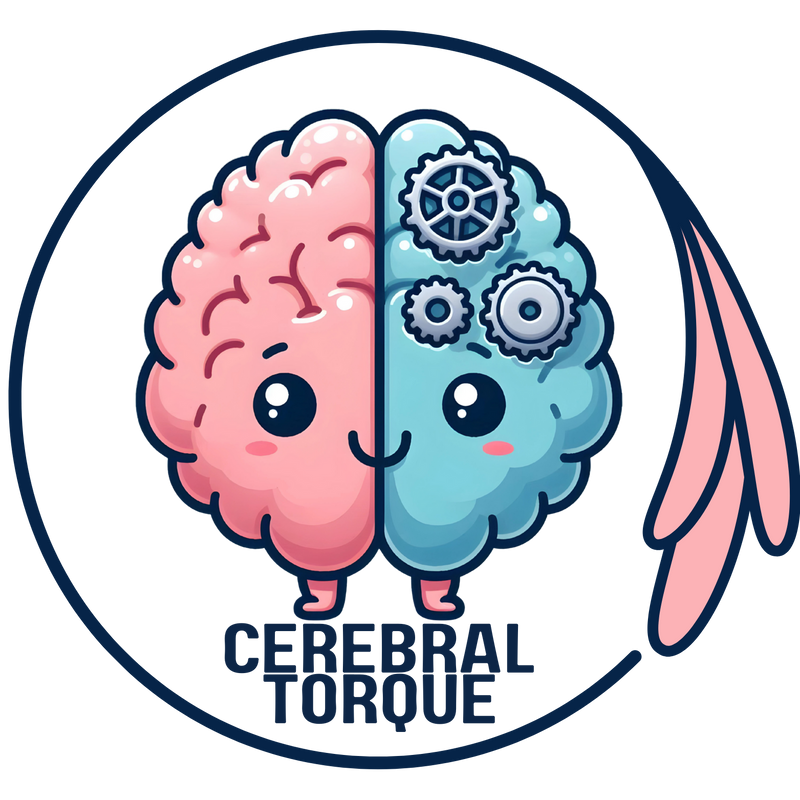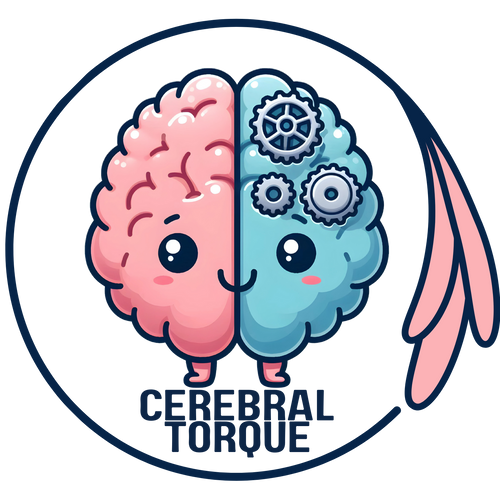Placebo vs Nocebo Effect on Migraine Treatment
Posted on December 09 2023,

| Category | Placebo Effect | Nocebo Effect |
|---|---|---|
| Definition | An inactive treatment that leads to improvement in migraine due to positive patient expectations. | A treatment (inactive or active) that leads to worsening of migraine or the presence of adverse effects due to negative patient expectations. |
| Incidence in clinical trials | Up to 32.4% for acute treatments Up to 30.4% for preventives |
Up to 18.4% for acute treatments Up to 47% for preventives |
| Enhancing Factors | Positive doctor-patient relationship, parenteral route (especially surgery), specific drug mechanisms, branding/marketing, prior positive experiences. | Psychiatric comorbidities, chronic migraine, prior treatment failures, generic medications, observation of side effects in others. |
| Psychological Basis | Expectation of benefit, motivation, and reward circuits. | Expectation of harm, fear, and avoidance circuits. |
| Physiological Basis | Activation of descending pain pathways and dopamine reward circuits in the brain. | Increased activity in brain regions processing fear, anxiety and pain sensations. |
| Clinical Importance | Maximizing placebo can improve patient outcomes and treatment effectiveness. | Minimizing nocebo can improve patient outcomes and treatment compliance. |
| Modifiability | Can be enhanced through empathy, reassurance, positive framing by healthcare providers. | Can be minimized through empathy, reassurance about side effects, careful adverse event reporting. |
Mon, Aug 04, 25
Evidence-Based Guide to Migraine Nutraceuticals and Herbal Options
Evidence-based guide to natural migraine treatments including riboflavin, magnesium, ginger, and CoQ10. Compare effectiveness, dosing, and safety of 15+ nutraceuticals and herbal remedies for migraine prevention and acute treatment with...
Read MoreMon, Jul 28, 25
Status Migrainosus Guide: A migraine attack lasting 72 hours or more
Status migrainosus is a severe migraine complication lasting over 72 hours requiring emergency treatment. Learn evidence-based management strategies, IV therapy protocols, diagnostic criteria, and prognosis from this comprehensive clinical guide...
Read MoreFri, Jul 25, 25
Understanding Cutaneous Allodynia in Migraine
Learn about skin hypersensitivity affecting 63% of migraine patients, validated assessment tools, suicide risks, and how allodynia predicts treatment response. Evidence-based insights from major population studies including AMPP and MAST...
Read More


